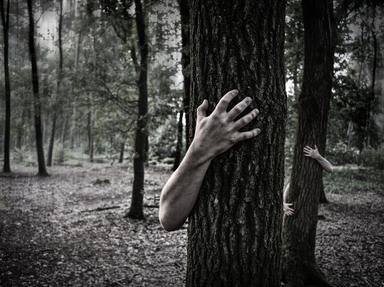Answer: John Carradine
Boris Karloff refused to don the Frankenstein's Monster makeup on this Universal film, but played the wonderfully mad asylum escapee, Dr. Gustav Niemann, in "House of Frankenstein". The plot was simple enough, and not too far-fetched for fans of the Universal monsters to enjoy. Dr. Niemann rounded up Larry Talbot, victim of the werewolf's curse in "The Wolf Man" (1941), Count Dracula, (played by John Carradine), and the Frankenstein Monster (played by Glenn Strange) to help him get revenge on his enemies. John Carradine, Lon Chaney, Jr., and Glenn Strange all returned to play Count Dracula, Larry Talbot/the wolf man, and the Frankenstein's Monster respectively, the following year in "House of Dracula", without Boris Karloff.
 There are 77 questions on this topic. Last updated Dec 25 2025.
There are 77 questions on this topic. Last updated Dec 25 2025.
 Quick Question
Quick Question